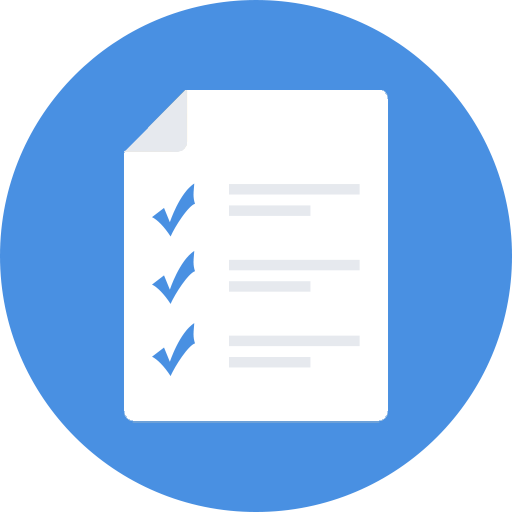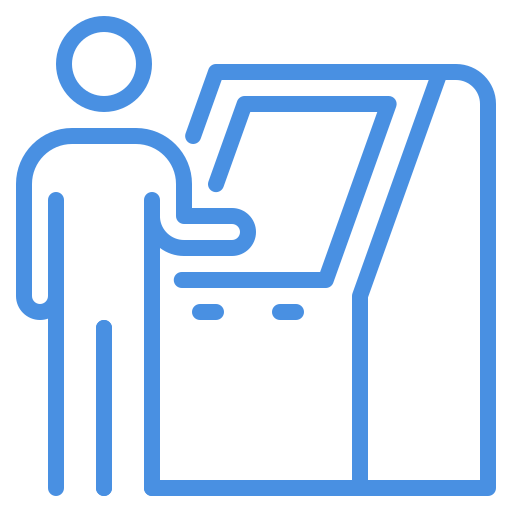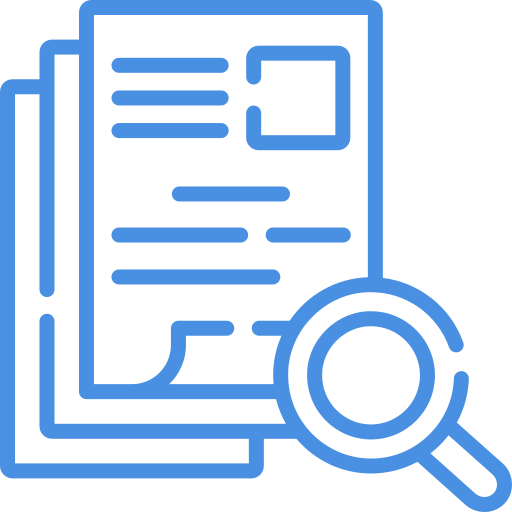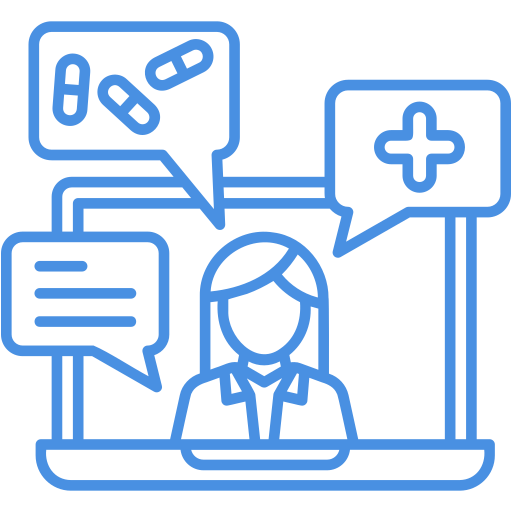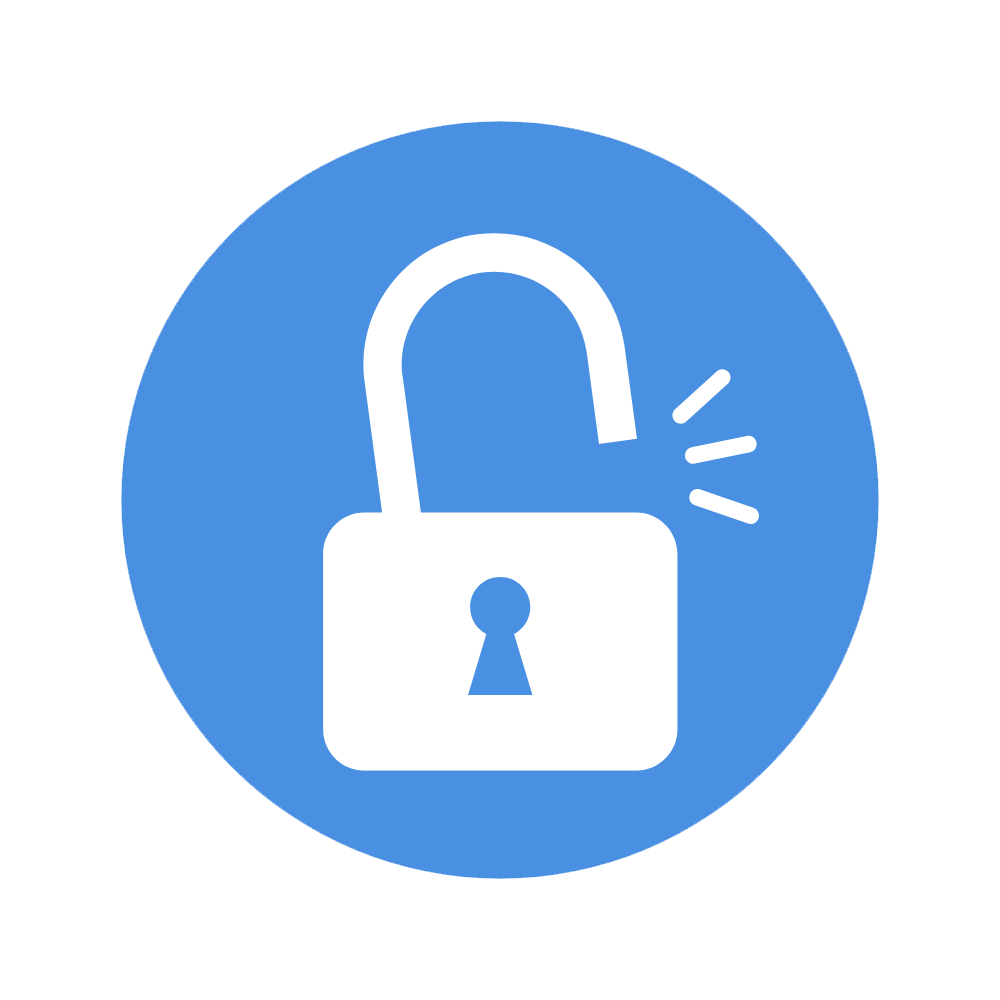Habilitative vs. Rehabilitative Care: Understand key differences, goals, and impacts on patient outcomes in therapy, with guidance for selecting appropriate care options.

When it comes to therapy, understanding the differences between habilitative and rehabilitative care is crucial. Both approaches serve distinct purposes and cater to different patient needs. This article will explore these differences, how they relate to your practice, and how an EMR system can support both types of care.
1. Habilitative vs. Rehabilitative Care: Key Definitions
Habilitative Care is about helping patients develop new skills that they haven’t acquired. It’s commonly applied in pediatric therapy or for patients with developmental disabilities. For example, a child with cerebral palsy might need OT to develop the ability to feed themselves or PT to improve motor control for walking.
Rehabilitative Care, on the other hand, focuses on restoring lost skills due to injury, illness, or surgery. For example, an adult recovering from a stroke may need speech therapy to regain communication abilities, or an athlete may need PT to restore range of motion after an ACL tear.
As a therapist, understanding which approach is needed helps guide treatment plans and ensures you’re targeting the right goals based on the patient’s individual circumstances.
2. Identifying Patient Populations for Each Type of Care
Different patient populations call for different approaches:
-
-
-
- Habilitative Therapy: Primarily targets children, especially those with developmental delays, or individuals with lifelong disabilities. In PT, OT, and SLP, you might work with children needing help learning essential life skills, such as improving fine motor control (OT), gaining mobility (PT), or developing speech and communication (SLP).
-
- Rehabilitative Therapy: Often focuses on adults recovering from injury, illness, or surgery. You might help a post-surgical patient recover their strength and independence or support a stroke survivor in regaining motor skills, speech, or swallowing functions.
-
-
Understanding these distinctions helps therapists determine the best approach for their patients based on their unique needs.
Therapy Goals: Skill Acquisition vs. Skill Restoration
The goals in habilitative and rehabilitative therapy differ significantly:
-
- Habilitative Therapy: Measures success by the patient’s ability to acquire new abilities. For instance, in SLP, a child might progress from basic vocalizations to forming full sentences.
- Rehabilitative Therapy: Measures success by how well a patient can return to pre-injury function. For example, a patient recovering from hip surgery may be able to walk without assistance again, or a stroke patient might regain enough motor function to handle daily tasks independently.
-
- Understanding these goals enables therapists to align treatment with patient expectations and measure progress more effectively.
4. How EMR Systems Support Habilitative and Rehabilitative Care
An effective Electronic Medical Record (EMR) system is crucial for managing the documentation and treatment planning for both habilitative and rehabilitative therapies.
-
- Documentation Specifics: An EMR allows you to capture detailed notes specific to each type of care, ensuring regulatory compliance and accurate billing. For habilitative services, you’ll likely document developmental progress, while for rehabilitative care, your focus might be on restoring lost function after injury or surgery.
-
- Billing and Coding Differences: EMRs help therapists navigate complex billing codes and requirements for habilitative vs. rehabilitative therapy, ensuring claims are submitted accurately to avoid denials.
5. Personalized Treatment Planning and Progress Tracking
Both habilitative and rehabilitative therapies require tailored treatment plans:
-
- Goal Setting: Whether you’re setting goals for a child to develop fine motor skills or for an adult to regain mobility post-injury, EMRs make it easy to establish clear, measurable objectives.
-
- Tracking Progress: EMRs allow continuous monitoring of a patient’s journey, offering the flexibility to adjust treatment plans in real-time based on progress. For example, you can easily track a child’s progress toward meeting speech milestones or a patient’s recovery from a hand injury.
6. Collaboration Across Disciplines: Multidisciplinary Care
Most patients benefit from an interdisciplinary approach, and habilitative or rehabilitative care is no exception. Effective communication between therapists, doctors, and other healthcare providers is crucial, and EMRs facilitate this:
-
- Seamless Communication: An EMR system allows different healthcare professionals, such as PTs, OTs, and SLPs, to access shared notes and collaborate effectively.
-
- Team-Based Treatment Plans: For example, a child receiving habilitative care may require PT, OT, and SLP services, all of which need to be coordinated through shared documentation to ensure holistic care.
8. Success Stories and Case Studies
Real-world examples highlight the effectiveness of both approaches:
- Clinics Utilizing Habilitative Services: Many clinics have successfully implemented habilitative services for children with developmental delays, leading to improved patient outcomes.
- Rehabilitative Success Stories: Case studies show how patients recovering from injuries have regained mobility and independence through effective rehabilitative care supported by EMRs.
Add Your Heading Text Here
Patient (and caregiver) engagement plays a huge role in therapy success, especially in long-term care scenarios like habilitation or complex rehabilitation.
-
- Education Tools: EMRs often include educational materials that explain the treatment process to patients and their families, helping them understand the importance of consistent therapy. This is critical when working with parents of children receiving habilitative care or adults who need a better grasp of their rehabilitation process.
-
- Interactive Features: By integrating goal-tracking tools or telehealth options, EMRs can keep patients engaged in their progress, encouraging them to actively participate in their care outside of the therapy room.
8. Real-Life Success Stories: From Habilitation to Rehabilitation
Real-world examples help illustrate how these approaches work:
-
- Habilitative Success: A pediatric clinic helped children with autism develop communication skills using specialized SLP services. The clinic tracked progress through EMRs, ensuring each therapist on the team stayed aligned on therapy goals.
-
- Rehabilitative Success: After a traumatic brain injury, a patient received PT, OT, and SLP to regain basic life functions. With an EMR, the healthcare team monitored progress and made collaborative adjustments to ensure a full recovery.
9. Using Technology to Enhance Care Delivery
Technology plays a huge role in modern therapy practice:
-
- Telehealth Integration: Remote therapy sessions, enabled by telehealth tools in EMRs, make it easier for therapists to reach patients who require long-term habilitative care or post-surgery rehab, especially those in rural or underserved areas.
-
- Exercise Prescription: Some EMR systems include tools to prescribe exercises that patients can perform at home, allowing them to stay engaged in their care between sessions.
10. Overcoming Common Challenges in Therapy
Managing caseloads and ensuring patient follow-up can be challenging in both habilitative and rehabilitative contexts:
-
- EMR Solutions: Automated reminders, easy documentation, and telehealth options provided by EMRs help therapists manage their workload while ensuring patients receive consistent, high-quality care.
11. Insurance and Legal Considerations
It’s essential to stay informed about how insurance handles habilitative and rehabilitative care:
-
- Insurance Coverage: Habilitative services are sometimes viewed differently than rehabilitative services by insurance companies. An EMR can help you track which services are covered and ensure accurate billing and coding for each type of care.
Conclusion
As a therapist, understanding the distinction between habilitative and rehabilitative care is key to developing effective treatment plans. Leveraging an EMR system like HelloNote can enhance your ability to document, collaborate, and track progress for each type of therapy, ultimately improving patient outcomes and streamlining your workflow. Whether your goal is to help a child learn a new skill or guide an adult through recovery, having the right tools in place will allow you to provide exceptional care. Ready to elevate your practice? Try HelloNote EMR—Book a demo today!

